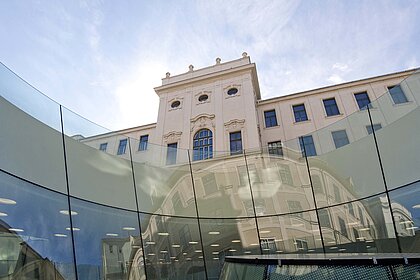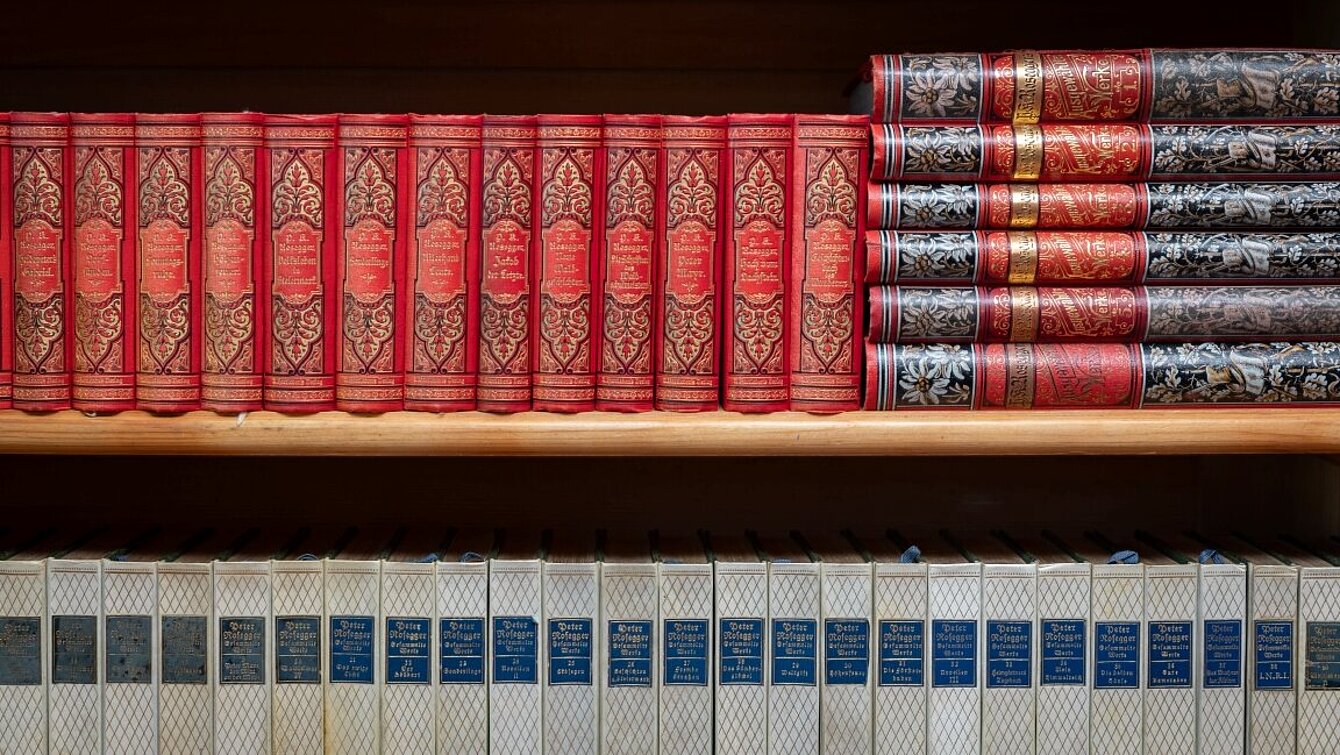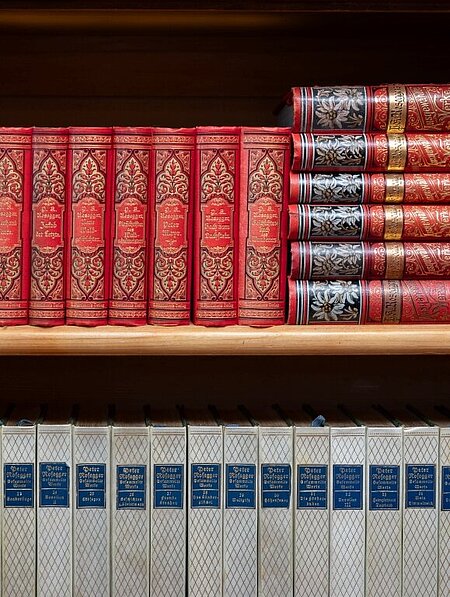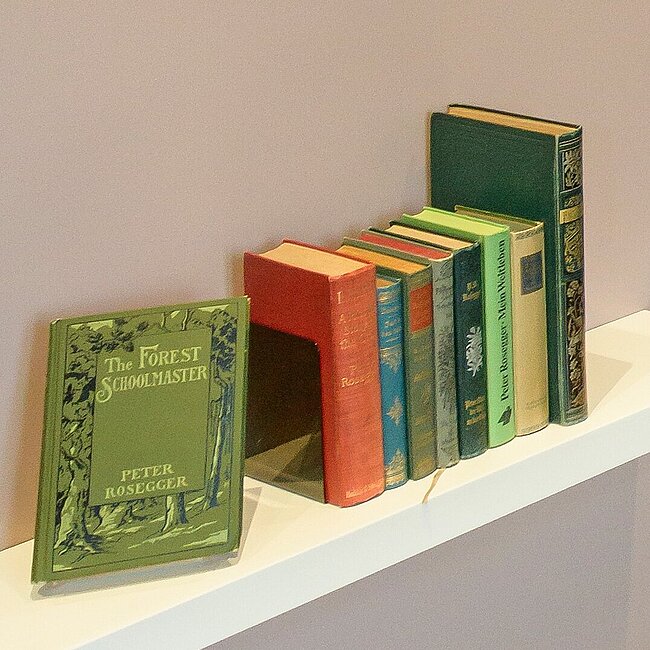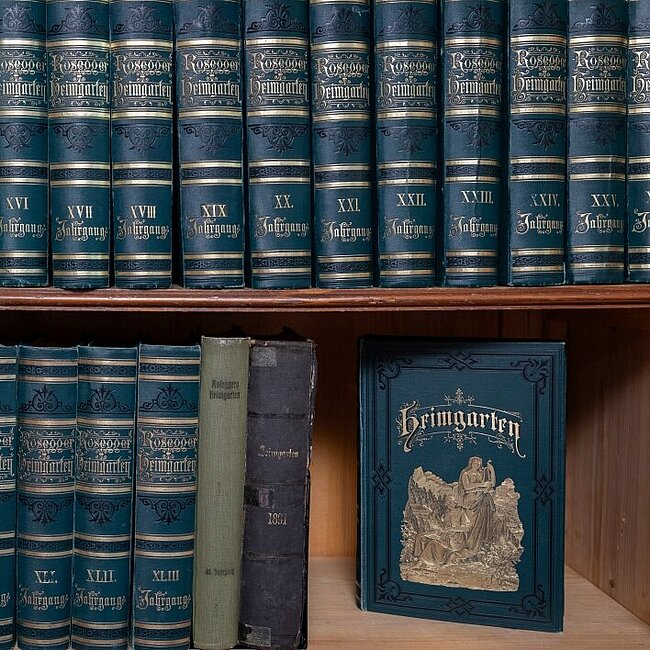In 1876, Peter Rosegger founded the Heimgarten in order to "... publish a monthly magazine for the people with the aim of reawakening a sense of domesticity, a love of nature and an interest in the original and folkloristic."
In his texts, Rosegger often drew attention to grievances and was often highly critical of topics relating to politics, religion, education, nature and culture. Marie von Ebner-Eschenbach, Ludwig Anzengruber, Wilhelm Busch, Robert Hamerling, Bertha von Suttner, Karl May, Viktor von Geramb, Carmen Sylva (= Queen Elisabeth of Romania) and many more were among the numerous well-known authors that Rosegger was able to recruit as contributors to the Heimgarten.
The print run fluctuated between 4,000 and 5,000 copies. At times, English-language editions were also published in the San Francisco area. The magazines were confiscated seven times for blasphemy and lèse majesté, among other things. In 1910, his son Hans Ludwig took over as editor. The last Heimgarten issue appeared in 1935.








